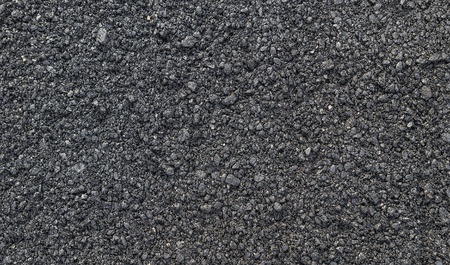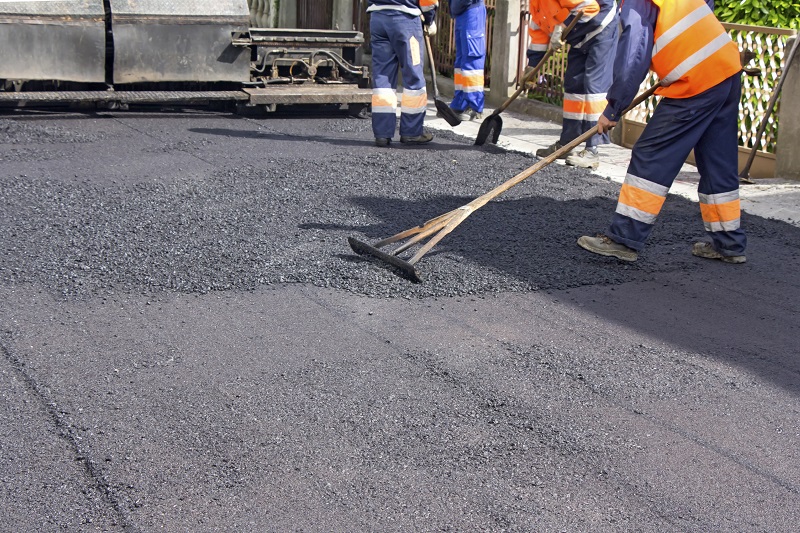Opening the Keys of Warm Mix Asphalt Innovation
Discovering the midsts of hot mix asphalt technology reveals a globe where exact solutions and thorough procedures converge to shape our roads and facilities. The fusion of fillers, accumulations, and binders isn't just a building and construction job but a critical orchestration of longevity and performance. As we peer right into the complex dancing of components, a tapestry of resilience and sustainability unravels. What exists underneath this surface of asphaltic proficiency, and what secrets wait to be introduced in the world of paving innovations?
Importance of Warm Mix Asphalt
Warm Mix Asphalt plays a critical role in modern framework development due to its longevity and cost-effectiveness. As the most frequently utilized leading product for roads, freeways, and parking lots, Hot Mix Asphalt offers an array of benefits that contribute to its significance in building jobs.
The resilience of Warm Mix Asphalt stems from its make-up, which includes accumulations, binder, and filler materials that are meticulously chosen and blended to satisfy specific performance requirements. On the whole, the significance of Warm Mix Asphalt in facilities advancement can not be downplayed, as it continues to be a keystone of modern building and construction techniques.
Elements of Asphalt Mixes
The structure of asphalt blends is composed of thoroughly chosen accumulations, binder, and filler materials that are crucial for accomplishing certain efficiency needs. Aggregates are the primary component of asphalt mixes, supplying toughness and security. The binder, normally asphalt or asphalt concrete, holds the accumulations with each other and provides adaptability and durability to the mix.
The combination and proportion of these components play a considerable role in figuring out the top quality and efficiency of the asphalt mix. Designers very carefully make the mix to satisfy particular demands, thinking about elements like web traffic volume, environment conditions, and pavement lifespan. Proper selection and balancing of accumulations, binder, and fillers are crucial for developing sturdy, durable asphalt sidewalks.
Mixing and Manufacturing Methods

Once the aggregates are chosen, the binder, usually asphalt concrete, is included to bind the products together. The binder's high quality and amount substantially influence the mix's toughness, resistance, and flexibility to environmental factors. Additionally, fillers like moisturized lime or Portland concrete might be integrated to improve particular characteristics of the asphalt mix, such as its workability or moisture resistance.
Throughout manufacturing, the accumulations and binder are heated up, usually between 250-325 ° F(121-163 ° C ), to assist in mixing and make certain correct finish of the aggregates. The mixing procedure should be detailed to accomplish a homogeneous mixture that advertises the desired performance characteristics of the asphalt. Numerous methods, such as batch blending or drum mixing, are utilized to accomplish high-grade and constant asphalt mixes for building projects.
Variables Impacting Asphalt Performance
Aspects affecting asphalt performance include an array of variables that impact the sturdiness, durability, and general top quality of asphalt sidewalks. One key element is the top quality of products made use of in the asphalt mix.

Ecological conditions additionally influence asphalt performance. Temperature variants, moisture seepage, and traffic tons can all influence the structural integrity of the pavement. Layout considerations, such as sidewalk density and drainage, are important in ensuring regrading the long-lasting efficiency of the asphalt pavement. By thoroughly taking into consideration these engineers, service providers and factors can optimize asphalt performance and improve the solution life of sidewalks.
Lasting Practices in Asphalt Modern Technology

Furthermore, the advancement of warm-mix asphalt (WMA) technologies has gotten grip over the last few years. WMA permits the production and positioning of asphalt blends at lower temperature levels contrasted to typical hot-mix asphalt, resulting in lowered power consumption and greenhouse gas exhausts. The use of permeable asphalt mixes can aid reduce stormwater drainage concerns by enabling water to infiltrate with the pavement and right into the ground, promoting all-natural water filtration and charge procedures. By implementing these lasting practices, the asphalt market can contribute to constructing a more resilient and eco friendly facilities network.
Conclusion
Finally, hot mix asphalt innovation plays a critical role in modern infrastructure advancement due to its resilience and cost-effectiveness. By very carefully stabilizing elements, utilizing appropriate blending methods, and thinking about numerous factors, engineers can create top quality asphalt mixes that endure heavy traffic loads and severe weather. Embracing lasting techniques, such as making use of warm-mix innovations and recycled materials, further boosts the ecological kindness of asphalt modern technology.
Mixing and production strategies in warm mix asphalt innovation include the accurate mix and processing of accumulations, binder, and fillers to develop a high-performance and resilient asphalt mix.Factors affecting asphalt performance encompass an array of variables that influence the toughness, durability, and overall top quality of asphalt pavements. Lasting methods in asphalt technology incorporate different initiatives aimed at minimizing the environmental influence of asphalt manufacturing and paving procedures. By integrating recovered asphalt pavement (RAP) and recycled asphalt tiles (RAS) right into new asphalt mixes, the sector can substantially minimize the consumption of raw products and energy, while likewise reducing landfill waste.
WMA enables for the manufacturing and placement of asphalt blends at reduced temperature levels contrasted to typical hot-mix asphalt, resulting in minimized energy consumption and greenhouse gas exhausts.